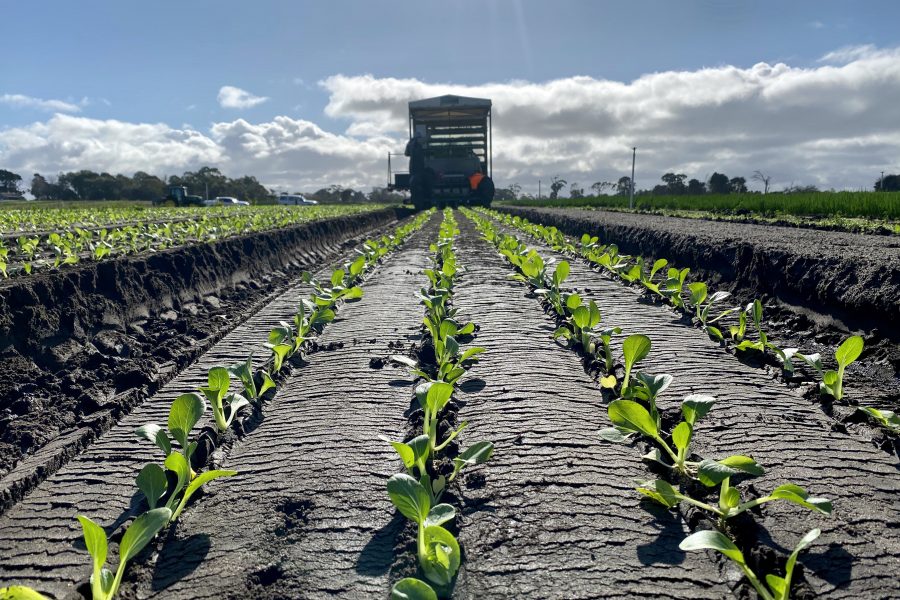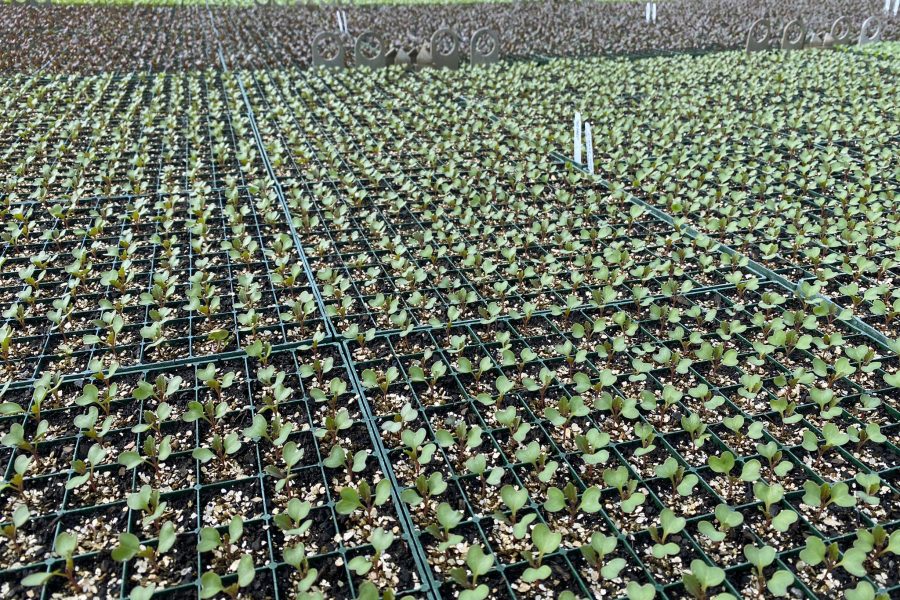Sustainability is a major focus across the horticulture industry, forcing us to reconsider every facet of food production: from the processes we implement on the farm, the inputs we apply, how produce is transported, to how it is finally presented to the consumer.
Sustainable initiatives are being put in place throughout the entire supply chain to achieve better outcomes for the environment, and ultimately ourselves.
But, beyond the collective acknowledgement that the industry needs to take a more sustainable approach, there is a tension between specific sustainable efforts. This tension is nowhere more evident than in the efforts to remove unsustainable packaging options from the supply chain, while also reducing the amount of organic waste headed to landfill.
In 2018, the Australian government established a set of National Packaging Targets to be achieved by 2025. The targets to be achieved are: 100% of packaging in Australia to be recyclable, reusable or compostable; 70% of plastic packaging to be recycled or composted; packaging has to have an average of 30% recycled content, and the phasing out of problematic or unnecessary single-use plastic packaging.
Changes to packaging will need to consider the entire waste management lifecycle, including the packaging design, systems to support design (such as waste collection) and education.
Another integral factor to consider in product packaging, though, is maintaining product quality and safety of the food it protects and preserves, and the role it plays in reducing organic waste.
A recent Australian Fresh Produce Alliance research study, released in August, mapped the lifecycle of 10 fresh produce goods along the supply chain both with and without packaging. The research determined that current packaging options play a key role in reducing the estimated 7.3 tonnes of food (valued at $20 billion) lost or wasted in Australia every year.
The study found the reduction of waste through the use of packaging supports the protection in handling and transport of the product from farm gate to retailer; the management of respiration and expiration (slowing the ripening process in some produce); limits access from people touching or handling the produce, resulting in less chance of bruising or damage; and increases the products shelf life compared to the same product without packaging.
However, the study also noted that the clear benefits of packaging to reduce organic waste, should not cause us to ignore the environmental credentials, or lack thereof, of current packaging solutions – “the trade-off between food waste and packaging is a delicate balance.” Likewise, the report states, “more packaging can result in less food waste and therefore less impacts” on the environment.
Simply removing plastic packaging from fresh produce is clearly not the answer. But then, customers won’t continue to support producers who use unsustainable packaging. As the industry moves forward with these two pivotal sustainable issues, there is work to be done to ensure both can be addressed, without one tearing the other down.
Gaining momentum is the idea of transitioning to a circular economy, where materials and products are kept in use and waste going to landfill is minimised.
While the concept of a circular economy is already well developed in Europe and Asia (with countries such as Sweden, Norway and Hong Kong leading the way) the Victorian government is the first in Australia to develop a circular economy policy. The policy aims to “examine new ways for Victorian businesses and communities to reduce waste in all stages of making, using and disposing of the products and infrastructure we rely on every day.”
Rather than clashing with each other, the dual challenges of managing organic waste and unsustainable plastic packaging could be brought together in a new and unexpected solution.
A report from researchers at the University of Monpellier in France identifies innovation research to develop bio-plastic from organic waste streams (crop residues, agro-food by-products, sewage sludge, etc.) that could be used for product packaging. By keeping the organic waste within the system and using it to produce product packaging (which is itself biodegradable), neither waste stream will end up in landfill.
This circular economy approach to product packaging and organic waste is the industry’s ultimate sustainable goal. And while we’re not there yet, it’s a great incentive for us to keep pursuing a solution for a sustainable future.




